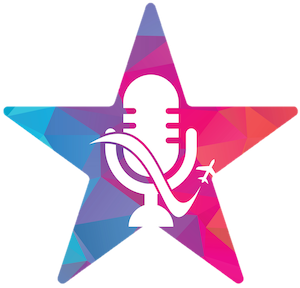In a surprising turn of events, TikTok users in the United States are greeted by the app’s triumphant return after a temporary blackout, thanks to the intervention of President-elect Donald Trump. This announcement has sparked widespread reactions across the social media landscape. A message from TikTok heralds their reactivation, commending Trump for “providing the necessary clarity” regarding the app’s future. This situation underscores the power struggle between existing digital platforms and governmental regulations in an increasingly polarized political climate.
The message from TikTok serves not just as an expression of gratitude but also a reassurance for over 170 million American users and more than 7 million small businesses that rely on the platform. TikTok’s statement highlights its role in fostering economic activity in a digital age that thrives on creative content generation. With influencers creating substantial income through brand partnerships and small businesses leveraging social media for outreach, the app’s return signifies a broader acceptance of social media’s impact on commerce and community engagement.
Trump’s decisive announcement that he would enact an executive order to reinstate the app raises significant questions about the potential consequences for the app’s ownership structure. Rumors suggest that the U.S. government might take a 50% stake in TikTok, thereby reducing ByteDance’s (the app’s parent company) control. Such a move would not only illustrate a shift in the regulatory landscape but could also foreshadow a broader trend of American involvement in foreign-owned tech startups amid ongoing national security concerns.
While Trump’s plan promises a much-needed pause on the previous ban, the legality of such an executive order remains ambiguous, particularly concerning Congress’s existing restrictions imposed during a previous legislative session. The intricate details surrounding the ban’s enforcement and the president’s authority to modify its terms will undoubtedly face scrutiny from legal analysts and government officials. The complexities of this situation reflect the ongoing tug-of-war between legislative intent and executive power in shaping the future of digital platforms.
As the dust settles from this latest political maneuvering, the future of TikTok hangs in a delicate balance. Influencers and content creators may breathe a sigh of relief with Trump’s assertions of support. However, the implications of potential ownership changes and the ongoing regulatory scrutiny loom large. As stakeholders navigate this turbulent landscape, the question remains: will TikTok be able to establish a sustainable future amid these shifting dynamics? The coming days will reveal how Trump’s administration chooses to handle regulatory challenges while balancing the concerns of its digital constituency. The world watches, eagerly awaiting clarity in an uncertain digital marketplace.


Leave a Reply